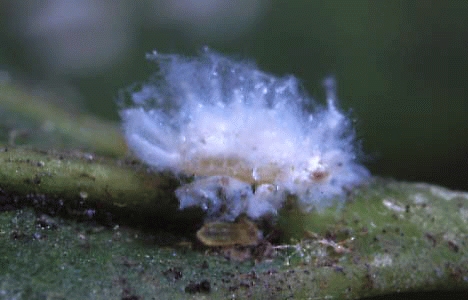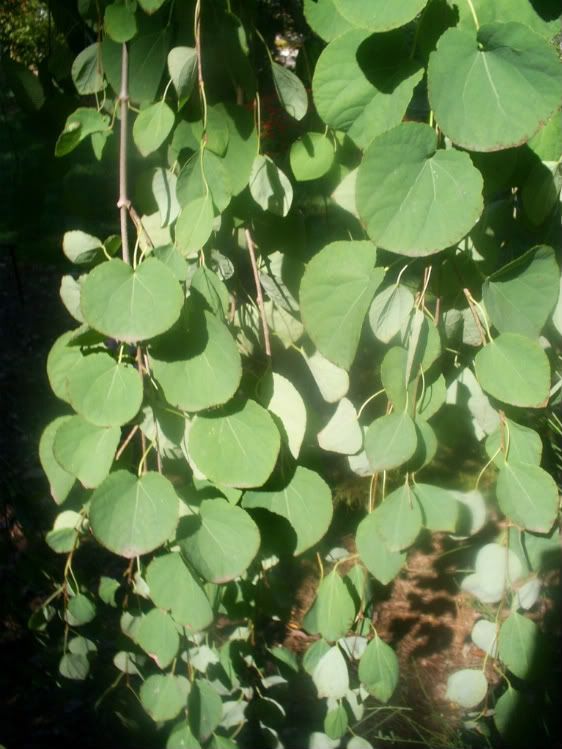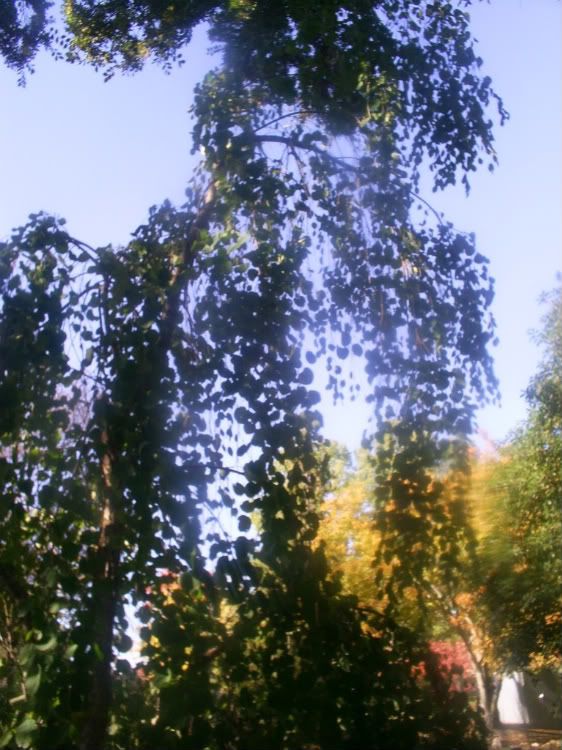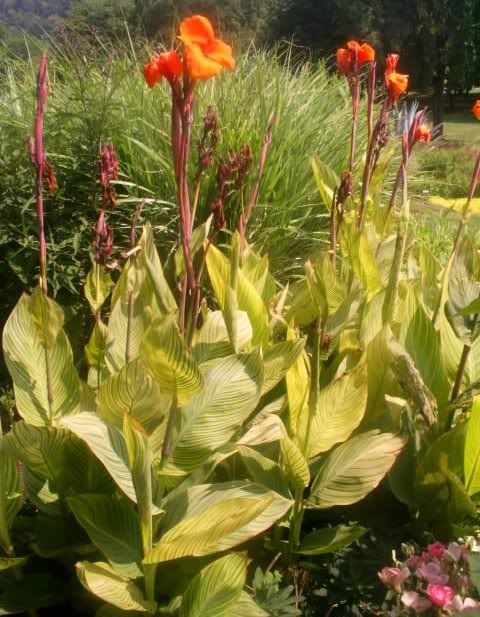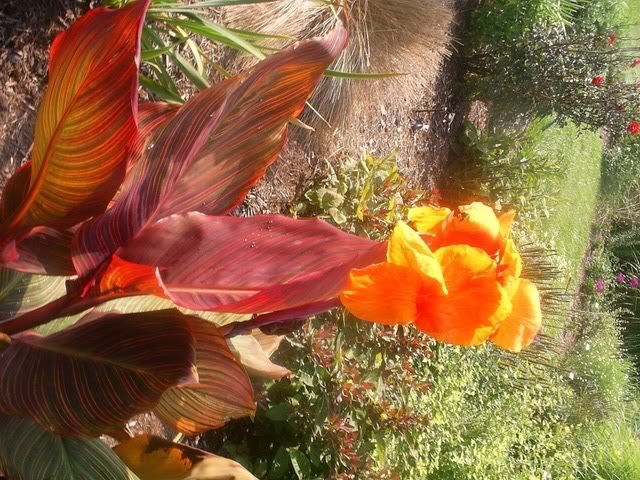Years ago, many of America's street trees were from the genus Ulmus. With the rise of Ophiostome ulmi, or Dutch Elm Disease, many Elm street trees were in need of replacement. Celtis occidentallis, better known as the Common Hackberry, seemed like the tree for the job.
Walking around the University of Tennessee campus in Knoxville, next to many roads, parking meters, and parking lots one will notice an abundance of these graceful trees. They provide nice filtered shade and grow relatively well in their locations. Hackberries also have an attractive (if sometimes gnarly) growth habit, interesting warty bark, delicate yellow fall foliage, and fruits that birds and other wildlife can't resist.
So what's the problem?
This summer, the Asian Wooly Hackberry Aphid hit our area, and our hackberries, hard. A hackberry in the very back corner of my back yard was so eaten up by the wooly aphids that it looked like it was covered with snow. Many a time this summer I would be working in the front yard when a breeze would come from that direction and the wooly aphids would blow all over the place (like pollen, an insane amount of dandelion seeds, or again, like snow). They would blow on my clothes and in my hair. And while that is annoying, that's not the worst part.
Many may know that aphids excrete a substance called "honeydew". Ants love this sticky substance because it is sweet. When the wooly aphids are on a hackberry, they drop their honeydew all over anything below the tree. One hackberry provides shade for a picnic area next the the UT Gardens, behind the vet clinic. This summer, that area was glossy and even kind of sticky from the excretion.
Many cars parked under hackberries on the street will also become glossy and sticky from the honeydew. Before a road trip, I noticed a friend's car had this honeydew on it. He wanted to leave it because he likened it to a "cool paint job". Remembering that a coworker informed me that honeydew will turn into a black mold, I strongly suggested he wash his car at the first gas station we come to. As soon as the soapy water touched the car, a terrible smell enveloped the area that took more than half an hour of driving with the windows down to get rid of.
Many cars parked under hackberries on the street will also become glossy and sticky from the honeydew. Before a road trip, I noticed a friend's car had this honeydew on it. He wanted to leave it because he likened it to a "cool paint job". Remembering that a coworker informed me that honeydew will turn into a black mold, I strongly suggested he wash his car at the first gas station we come to. As soon as the soapy water touched the car, a terrible smell enveloped the area that took more than half an hour of driving with the windows down to get rid of.
Don't get me wrong. Hackberries are beautiful, soft, graceful trees. They have great landscape value and their warty bark provides really great winter interest. These trees would make a great addition for most landscape uses -- but not as a street tree where, if it gets hit with the Asian Wooly Hackberry Aphid, the cars below will need to be washed regularly.

